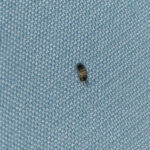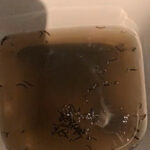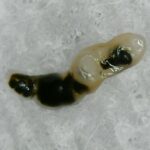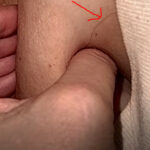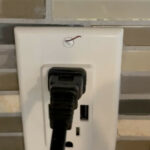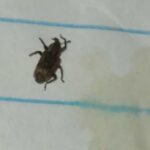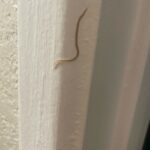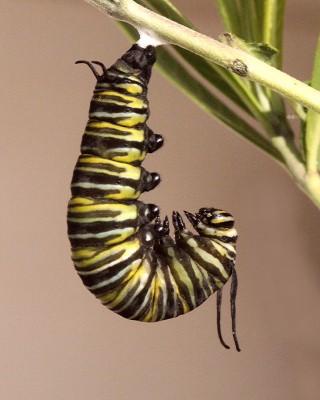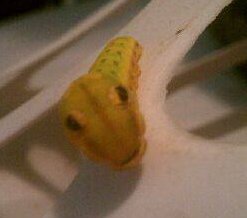
“Can you please identify this moth type?” asks Shanan in her submission regarding the white moth with delicate, feathery wings pictured below. “I’m in South Georgia. I found this moth in my bedroom dresser. Thank you for your time.” Typically, we do not identify full-grown insects, but rather their offspring: larvae. That is simply because the nature of our website is to identify worms and worm-like organisms, which larvae are included in. With that said, we will still give this a crack, though Shanan should keep in mind that this identification may not be 100% accurate given that this is not our area of expertise.
With all of that said, it is our opinion that this looks like a common clothes moth, otherwise known as a webbing clothes moth. Not only does this look like one, but the location in which it was found would also corroborate this conclusion. Common clothes moth larvae feed on clothing and other textiles that contain animal fibers like wool or feathers. For that reason, the adult moths lay their eggs in areas where there is bountiful food for their young, which would explain why Shanan found this moth in her dresser. It is highly possible that this moth was laying eggs in the dresser, so we recommend that she launder all of the clothing that was in that drawer, and that she sanitize the inside of it as well, to get rid of any eggs that the moth potentially laid. Even if she cannot see any eggs, we still recommend doing this as the eggs can be hard to see with the naked eye.
If she notices that there are more of these moths in her home, or finds small white larvae, she might already be experiencing an infestation. Eliminating this infestation requires frequent laundering of infested (and potentially-infested) items and vacuuming of areas around sources of infestation for a period of one-to-two weeks. If she does not find any more moths or caterpillars, then Shanan is probably lucky and is able to stop the infestation before it even begins. Preventing invasions of moths is difficult, because they can flutter in through an open door in a moment. The key to preventing infestations of them is to release them back outside, store unused clothing and other textiles in airtight containers (like vacuum-sealed bags, for instance), and vacuuming frequently.
In conclusion, we think this could be a common clothes moth. We base this on having written quite a lot about their caterpillars, so we know what the adult moths look like. On top of that, the location it was found in also makes sense for this species of moth. We hope this helps, and we wish Shanan the very best.
All About Worms is always free, always reader-supported. Your tips via CashApp, Venmo, or Paypal are appreciated! Receipts will come from ISIPP Publishing.
You might also find these guys interesting!




